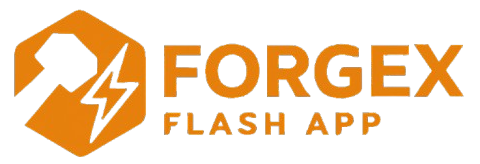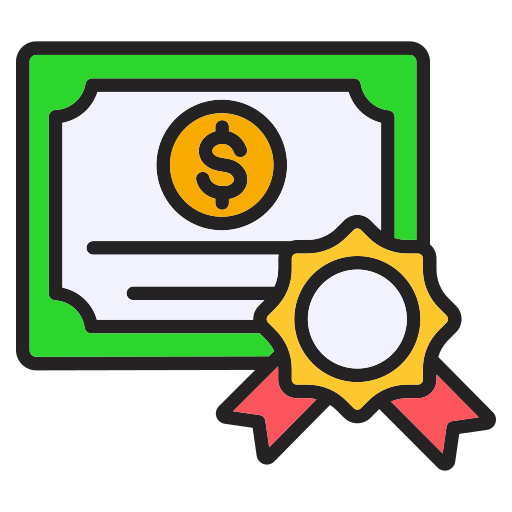When building or integrating with cryptocurrency wallets, especially those handling Tether (USDT), testing is a critical phase. Whether you’re developing a new crypto wallet, exchange platform, or blockchain-based application, ensuring that USDT transactions function correctly in test environments is essential before deployment.
Why Test a USDT Wallet?
Tether (USDT) is one of the most widely used stablecoins in the crypto ecosystem. Ensuring that your wallet supports accurate, secure, and compatible USDT transactions helps:
- Prevent transaction errors
- Validate address format compatibility (e.g., ERC-20, TRC-20, or BEP-20)
- Test fee estimations and processing
- Identify user experience issues
- Verify integration with smart contracts or third-party APIs
Key Areas to Test
- Address Validation
Confirm your wallet accepts valid USDT addresses for the supported network type and rejects incorrect formats. - Balance Syncing
Ensure the wallet displays accurate balances after simulated transactions or when connecting to testnets or APIs. - Transaction Signing
Test the ability to sign and broadcast mock transactions using private keys securely. - Fee Calculation
Simulate transaction fees under different load conditions or across network types (e.g., Ethereum vs. Tron). - UI/UX Scenarios
Validate how the wallet behaves during errors (e.g., insufficient balance, network timeouts) and confirm smooth user feedback.
Tools and Methods for Testing
- Testnet environments (e.g., Ropsten, Shasta)
- Blockchain simulators or local nodes
- API mocking tools
- Unit and integration test frameworks
If you do not have access to a live testnet, mock APIs or demo wallet interfaces can simulate transaction behavior without interacting with real assets.
Conclusion
USDT wallet testing helps ensure your platform or app is reliable, secure, and ready for real-world users. From validating network compatibility to testing edge cases in the transaction flow, a well-tested wallet increases trust and usability.
Interested in testing tools or frameworks for your team? Feel free to ask for setup recommendations tailored to your development environment.


